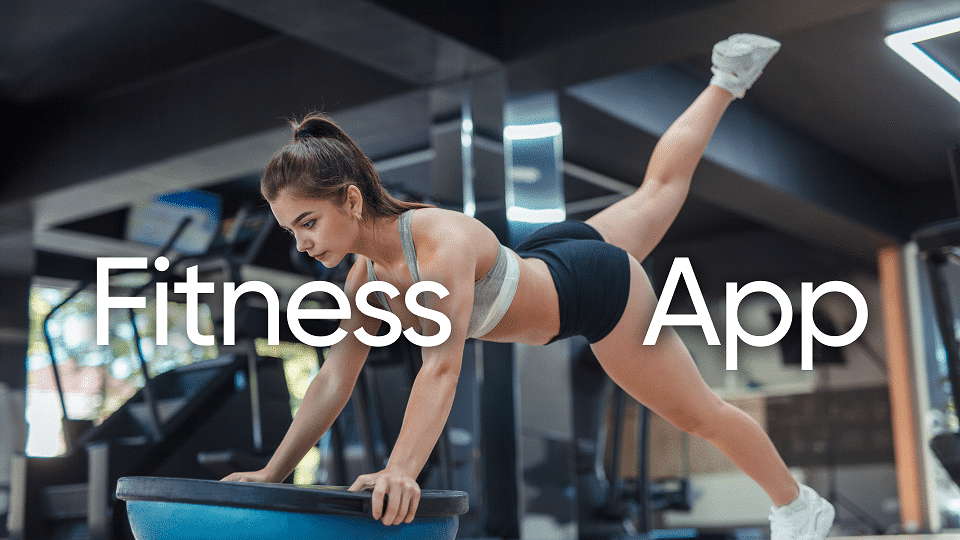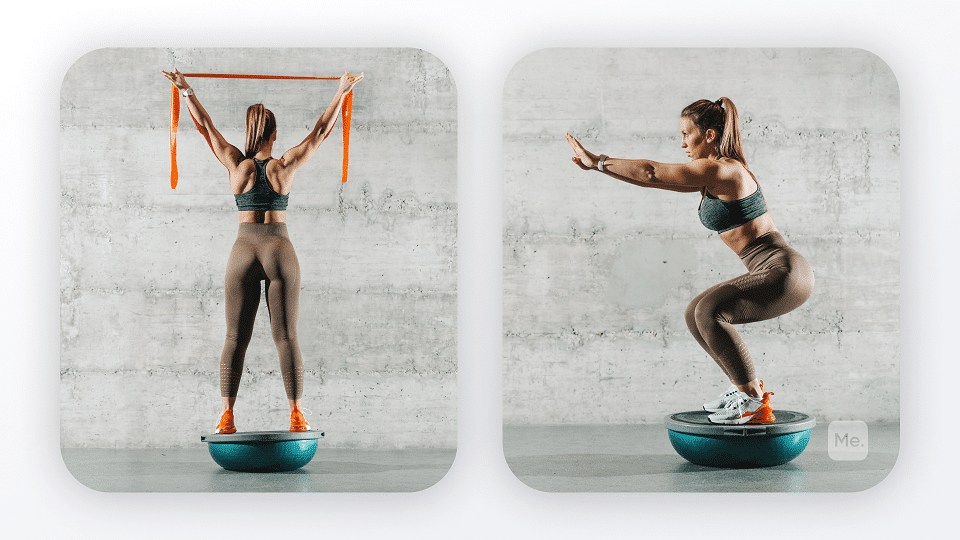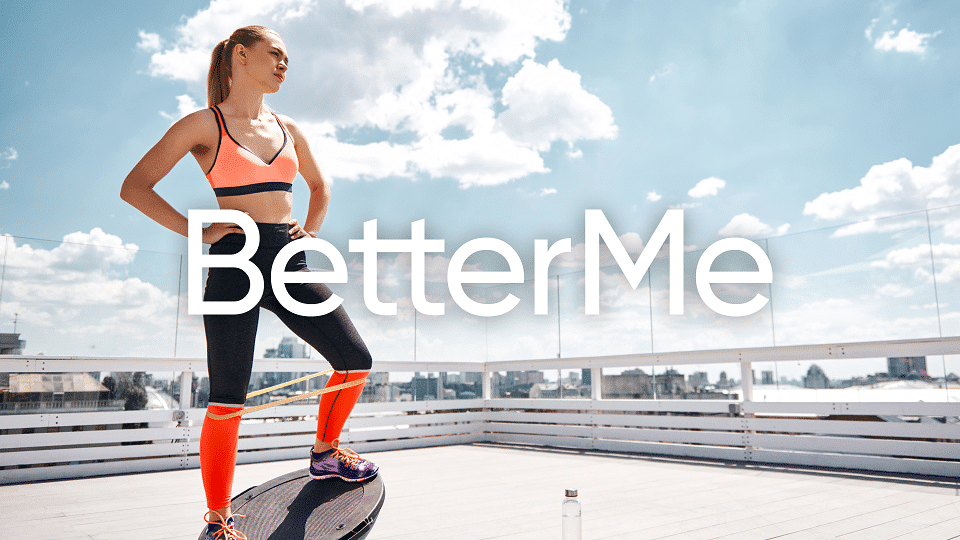Depending on why you started running, you may be looking to improve your speed. Maybe you’re training for a race or just trying to keep up with friends on weekend runs. Whatever your goal, plyometric exercises can help. Plyometric exercises are a great way to improve your running speed because they involve explosive movements that mimic the motions of running. They also help improve your overall strength and power, which can help you run faster for longer periods. In this article, we’ll discuss seven plyometric exercises that can help improve your running speed. We’ll also provide instructions on how to perform each move safely and effectively.
What Are Plyometric Exercises?
The word plyometric comes from the Greek words “plyo” and “metron”, which means to increase in size. Plyometric exercises are workouts that involve jumping and explosive movements. They are designed to improve your overall strength, power, and speed (6).
They work by increasing the speed and strength of your muscles’ contractions. When you perform plyometric exercises, your muscles are forced to work much harder than they do during regular exercise. This helps improve the overall function and strength of your muscles (6).
Plyometric exercises can be performed with a variety of different equipment, including weights, resistance bands, and your own body weight. However, in this article, we’ll focus on plyometric exercises that can be performed without any equipment.
Why Are Plyometric Exercises Good For Runners?
There are several reasons why runners should take part in plyometric training, such as:
Muscle Fiber Recruitment
The average person uses about half of their muscle fibers when they are performing a regular activity. Plyometric exercises help recruit the other half of the muscle fibers, which can lead to improved performance (3).
In addition, plyometric exercises activate the fast-twitch muscle fibers, which are responsible for giving you the explosive power you need when running. Fast-twitch fibers fatigue quickly, so by activating them through plyometric exercises, you can improve your running performance (8).
Strengthen Muscle Fibers
Plyometric exercises also help strengthen the muscle fibers (8). This is because they cause the muscle fibers to stretch and then recoil, which leads to increased strength and size.
The stronger and bigger your muscle fibers are, the more force they will be able to generate when you run. This can lead to improved running times and distance.
Increase Motor Firing Rate
The motor firing rate is the speed at which your muscles can contract (10). Plyometric exercises help increase the motor firing rate, which means your muscles will be able to contract more quickly and powerfully (3).
This is particularly important for runners, as it can help generate more power with each stride, leading to increased speed and endurance.
Read More: What Is An Isometric Exercise: Static Strength Training For The Win
Train Your Muscles To Consume Less Oxygen
When you are running, your muscles need to consume oxygen in order to generate energy. The more efficient your muscles are at consuming oxygen, the longer you will be able to run before getting tired.
Plyometric exercises help train your muscles to consume less oxygen, so you will be able to run for longer periods without becoming fatigued (1).
Strengthen Bones And Soft Tissue
Plyometric exercises put stress on your bones and soft tissue, which can help increase their strength and resilience (3). This is important for runners as the repeated impact of running can cause injuries if your bones and soft tissue are not strong enough.
Plyometric exercises can help to prevent these injuries and improve your overall performance (5).
Improved Coordination
Plyometric exercises require good coordination and balance (8). These involve jumping and landing, so you need to be able to control your body well. Improving your coordination can help you run more smoothly and efficiently.
Improved Cardiovascular Strength
Plyometric exercises also help improve your cardiovascular strength. This is because they cause your heart rate to increase, which leads to improved overall fitness (2).
The improved cardiovascular fitness that you get from plyometric exercises can help you run for longer periods without getting tired. It can also help you recover more quickly after a race or workout.
Whether you’re a workout beast or just a beginner making your first foray into the world of fitness and dieting – BetterMe has a lot to offer to both newbies and experts! Install the app and experience the versatility first-hand!
Which Are The Best Plyometric Exercises For Speed?
There are many different plyometric exercises that you can do to improve your running speed. However, some exercises are more effective than others.
The best plyometric exercises for speed include:
Depth Jump
The depth jump is the original plyometric exercise. It involves jumping from a raised platform and landing on the ground with both feet.
This exercise is very effective to improve running speed as it helps increase your vertical jump height and sprinting speed. In addition, it helps improve your balance and coordination.
All you need to properly do a depth jump is a raised platform and enough space to jump in and out of. You can use a raised box, bench, or even a set of stairs.
While doing a depth jump, make sure to jump off the platform with both feet and land with both feet on the ground. Do not try to jump higher than you need to in order to land on the ground.
If you find that you are unable to properly control your jumps, start by doing a depth jump from a lower platform. As you become more comfortable with the exercise, you can gradually increase the height of the platform.
Tuck Jump
The tuck jump is another basic plyometric exercise that is great for running speed improvements. It involves jumping up into the air and bringing your knees up to your chest.
This exercise is very effective for developing power and speed as it helps improve your sprinting speed and jumping ability. It specifically targets your legs and lower body, which are important for running.
The tuck jump is a great exercise to do when you are short on time. You can do it anywhere, without any special equipment.
To do a tuck jump:
- Start by standing with your feet shoulder-width apart.
- Jump up into the air and bring your knees up to your chest.
- Land gently on the ground with both feet and then jump again.
Remember to keep your abdominal muscles pulled in so that you can jump as high as possible.
Read More: Stress Relief Yoga: Calming Your Mind With This Ancient Technique
Plyometric Exercises For Speed: Jump Squat
The jump squat is a more advanced plyometric exercise that can help improve your running speed. It involves squatting down into a deep position and then jumping up into the air.
This exercise is very effective for developing power and speed as it helps improve your sprinting speed and jumping ability. It specifically targets your glutes, quads, and hamstrings, which are all important muscles for running.
The jump squat is a more challenging exercise than the tuck jump or depth jump. You may need to start with a lower weight until you become comfortable with the movement.
To do a jump squat:
- Start by standing with your feet shoulder-width apart.
- Squat down into a deep position and then jump up into the air.
- Land gently on the ground with both feet and then squat down again.
Remember to keep your abdominal muscles pulled in so that you can jump as high as possible.
Make sure that you use your muscles to control your landing. Engaging these muscles will help you to absorb the impact of the jump and reduce the risk of injury.
If you find that you are unable to properly control your jumps, start by doing a jump squat from a lower height. As you become more comfortable with the exercise, you can gradually increase the height of the platform.
Box Jumps
Box jumps are another great plyometric exercise to improve your running speed. They involve jumping onto a raised box and then jumping off the box.
This exercise is very effective for developing power and speed as it helps up your sprinting speed and jumping ability. It specifically targets your glutes, quads, and hamstrings, which are all important muscles for running.
The box jump is a more challenging exercise than the depth jump or tuck jump. You may need to start with a lower weight until you become comfortable with the movement.
To do a box jump:
- Start by standing in front of a raised box or platform.
- Jump up onto the box and then jump off the box.
- Land gently on the ground with both feet and then jump again.
Remember to keep your abdominal muscles pulled in so that you can jump as high as possible.
Form is very important when doing box jumps. Make sure that you jump onto the box with both feet and that you do not jump off the box with one foot. This can cause you to lose your balance and increase your risk of injury.
If you find that you are unable to properly control your jumps, start by doing box jumps from a lower height. As you become more comfortable with the exercise, you can gradually increase the height of the box.
Dropping pounds by the dozens without putting yourself through the wringer is everyone’s weight loss pipe dream. But what if we told you that the BetterMe app can make that happen? Keep yourself in prime shape with our fat-blasting workouts, delicious budget-sparing recipes, and body-transforming challenges with our app!
Plyometric Push-Ups
Upper body strength is important for running because it helps improve your speed and endurance. Plyometric push-ups are a great way to develop strength in your upper body.
This exercise is very effective for developing power and speed since it helps improve your sprinting speed and jumping ability. It specifically targets your chest, shoulders, and triceps, which are all important muscles for running.
The plyometric push-up is a more challenging exercise than the traditional push-up. It involves the same motion as a traditional push-up, with the only difference being you push up off the ground explosively, with enough force for your hands to leave the ground.
Make sure that you keep your abdominal muscles pulled in so that you can push up off the ground as explosively as possible.
Form is very important when doing plyometric push-ups. Make sure that you maintain a straight line from your head to your heels, and do not let your hips sag or rise during the exercise.
This exercise is suitable for advanced exercisers only. If you are a beginner, start by doing traditional push-ups until you become stronger. As you become more comfortable with the exercise, you can gradually increase the difficulty by doing plyometric push-ups.
Bosu Ball Burpees
A bosu ball is a half-sphere made of rubber or plastic. It is used in fitness and Pilates training to provide an unstable surface, which makes the exercises more challenging.
Burpees are a challenging bodyweight exercise that involves jumping up and landing in a deep squat position. They are a great way to improve your overall fitness level and cardiovascular endurance.
The bosu ball burpee is a more challenging version of the traditional burpee. It involves doing a burpee while carrying the bosu ball above your head for the jumping portion of the exercise.
To do this exercise:
- Start by standing with the bosu ball in front of you.
- Squat down and place the bosu ball on the ground.
- Jump up and grab the bosu ball with your hands.
- Carry it above your head as you jump back into a deep squat position.
- Land gently on the ground with both feet and then jump again.
Form is very important when doing bosu ball burpees. Make sure that you jump up and land in a deep squat position with the bosu ball held above your head. Do not let the bosu ball fall to the ground during the exercise.
This exercise is suitable for advanced exercisers only. If you are a beginner, start by doing traditional burpees until you become stronger. As you become more comfortable with the exercise, you can gradually increase the difficulty by adding a bosu ball.
Jump Rope
Skipping is an underrated, yet immensely effective, form of exercise. It is a great way to improve your cardiovascular fitness and overall endurance.
The jump rope is a simple yet highly effective exercise that can be done anywhere. It helps to improve your speed, agility, and coordination.
To do the jump rope correctly:
- Stand with your feet hip-width apart.
- Hold the handles with your palms parallel to each other.
- Keep your elbows slightly bent and your shoulders down and back.
- Jump over the rope by raising your knees and ankles, and swinging your arms down and forward. The key is to jump off both feet and land on the balls of your feet.
Make sure that you keep your abdominal muscles pulled in so that you can jump off the ground as explosively as possible.
Form is very important when doing jump rope exercises. Make sure that you maintain a steady rhythm and do not jump too high or too low.
This exercise is suitable for all fitness levels. If you are a beginner, start by jumping slowly and gradually increasing your speed over time. As you become more comfortable with the exercise, you can add jumping variations to make it more challenging.
Safety Tips For Plyometric Training
Due to its high impact nature, plyometric training should be performed with caution.
Here are a few safety tips to keep in mind when doing plyometric exercises:
- Always warm up properly before performing plyometric exercises. This will help to reduce the risk of injuries (4).
- Start with lower intensity exercises and gradually increase the intensity as you become stronger.
- Take a proper break in-between sets. Do not perform plyometric exercises back-to-back.
- Make sure that you have good balance and coordination before attempting plyometric exercises.
- Always land on the balls of your feet when jumping. This will help to reduce the impact on your joints.
- Focus on learning the correct form before increasing the intensity of the exercises.
- Do not perform plyometric exercises if you are currently injured or experiencing pain.
- Drink plenty of water before, during, and after your workout to stay hydrated (9).
- Take a few days off every week to allow your body to recover.
Plyometric Exercises For Speed: Conclusion
These exercises are all great for improving your running speed. They involve plyometric exercises that help to improve your power and speed. These exercises specifically target your legs and lower body, which are important for running.
Make sure that you use these exercises to improve your running form and speed. Remember to always use proper form and to gradually increase the intensity of these exercises.
DISCLAIMER:
This article is intended for general informational purposes only and does not serve to address individual circumstances. It is not a substitute for professional advice or help and should not be relied on for making any kind of decision-making. Any action taken as a direct or indirect result of the information in this article is entirely at your own risk and is your sole responsibility.
BetterMe, its content staff, and its medical advisors accept no responsibility for inaccuracies, errors, misstatements, inconsistencies, or omissions and specifically disclaim any liability, loss or risk, personal, professional or otherwise, which may be incurred as a consequence, directly or indirectly, of the use and/or application of any content.
You should always seek the advice of your physician or other qualified health provider with any questions you may have regarding a medical condition or your specific situation. Never disregard professional medical advice or delay seeking it because of BetterMe content. If you suspect or think you may have a medical emergency, call your doctor.
SOURCES:
- A Plyometric Warm-Up Protocol Improves Running Economy in Recreational Endurance Athletes (2020, frontiersin.org)
- Cardiovascular responses to plyometric exercise are affected by workload in athletes (2014, ncbi.nlm.nih.gov)
- CURRENT CONCEPTS OF PLYOMETRIC EXERCISE (2015, ncbi.nlm.nih.gov)
- Does warming up prevent injury in sport? The evidence from randomised controlled trials? (2006, pubmed.ncbi.nlm.nih.gov)
- Effects of Plyometric Training on Muscle-Activation Strategies and Performance in Female Athletes (2004, ncbi.nlm.nih.gov)
- Effects of Plyometric Training on Physical Fitness in Team Sport Athletes: A Systematic Review (2016, ncbi.nlm.nih.gov)
- Effects of plyometric vs. resistance training on skeletal muscle hypertrophy: A review – ScienceDirect (2021, sciencedirect.com)
- Frontiers | Effects of Plyometric Jump Training on Balance Performance in Healthy Participants: A Systematic Review With Meta-Analysis | Physiology (2021, frontiersin.org)
- Practical Hydration Solutions for Sports (2019, mdpi.com)
- Relationship Between Firing Rate and Recruitment Threshold of Motoneurons in Voluntary Isometric Contractions (2010, journals.physiology.org)















